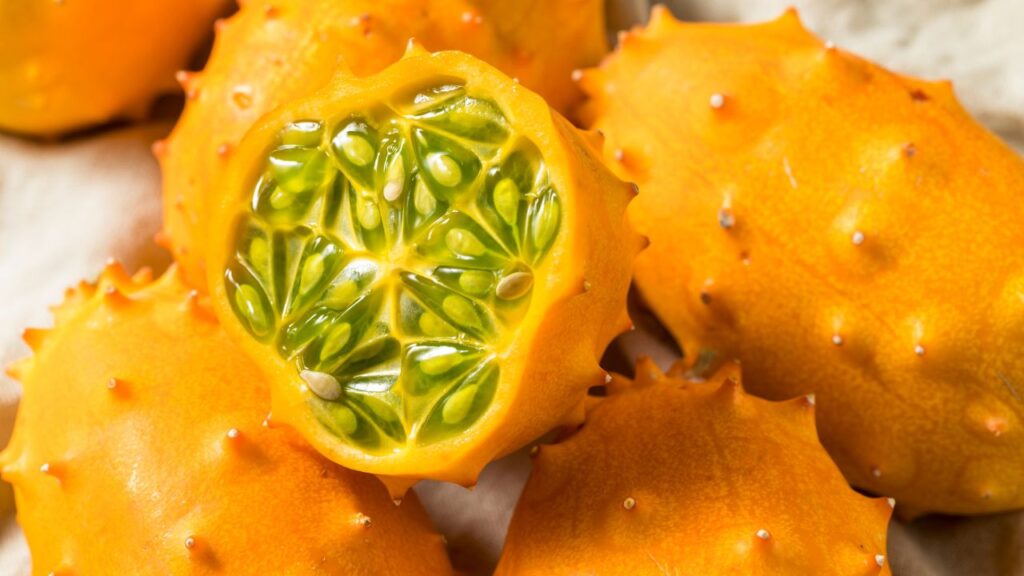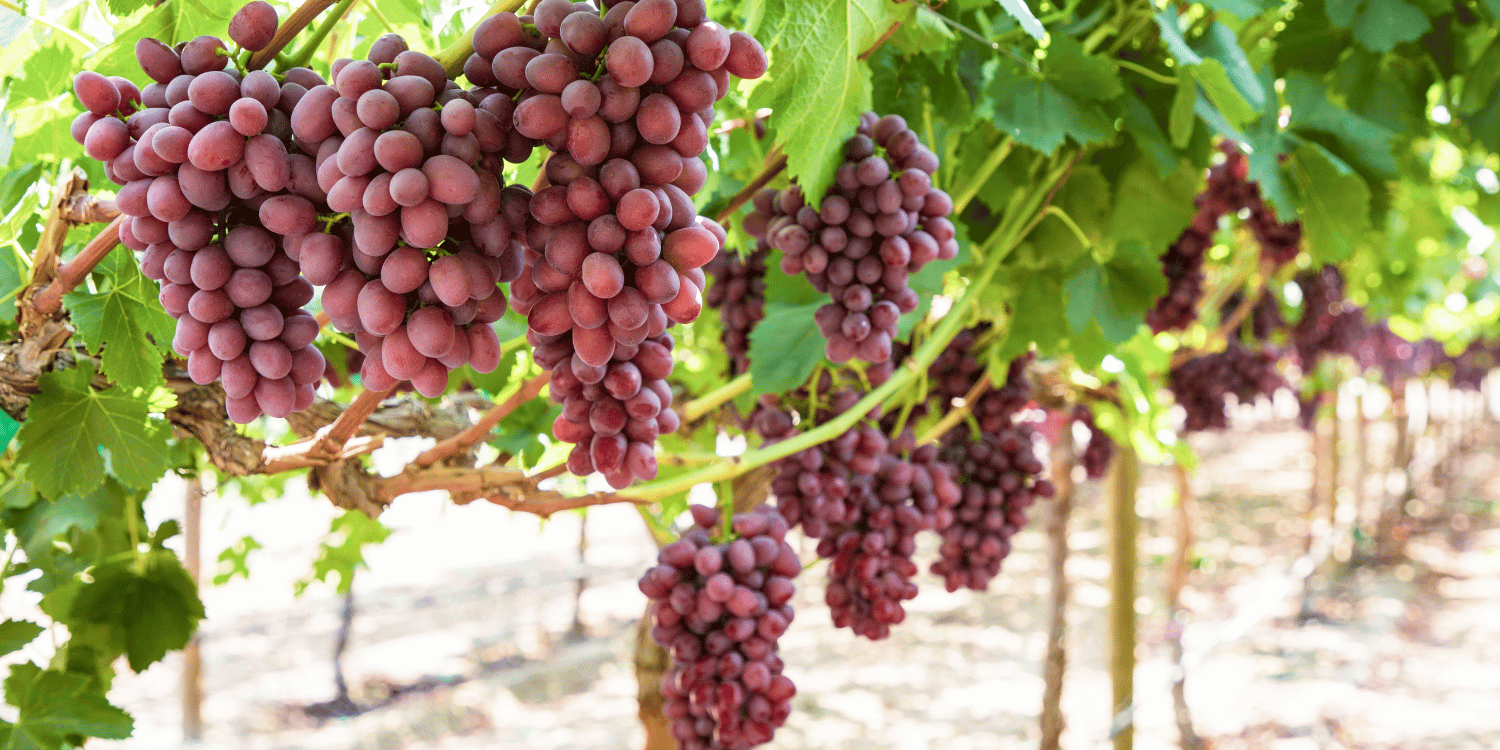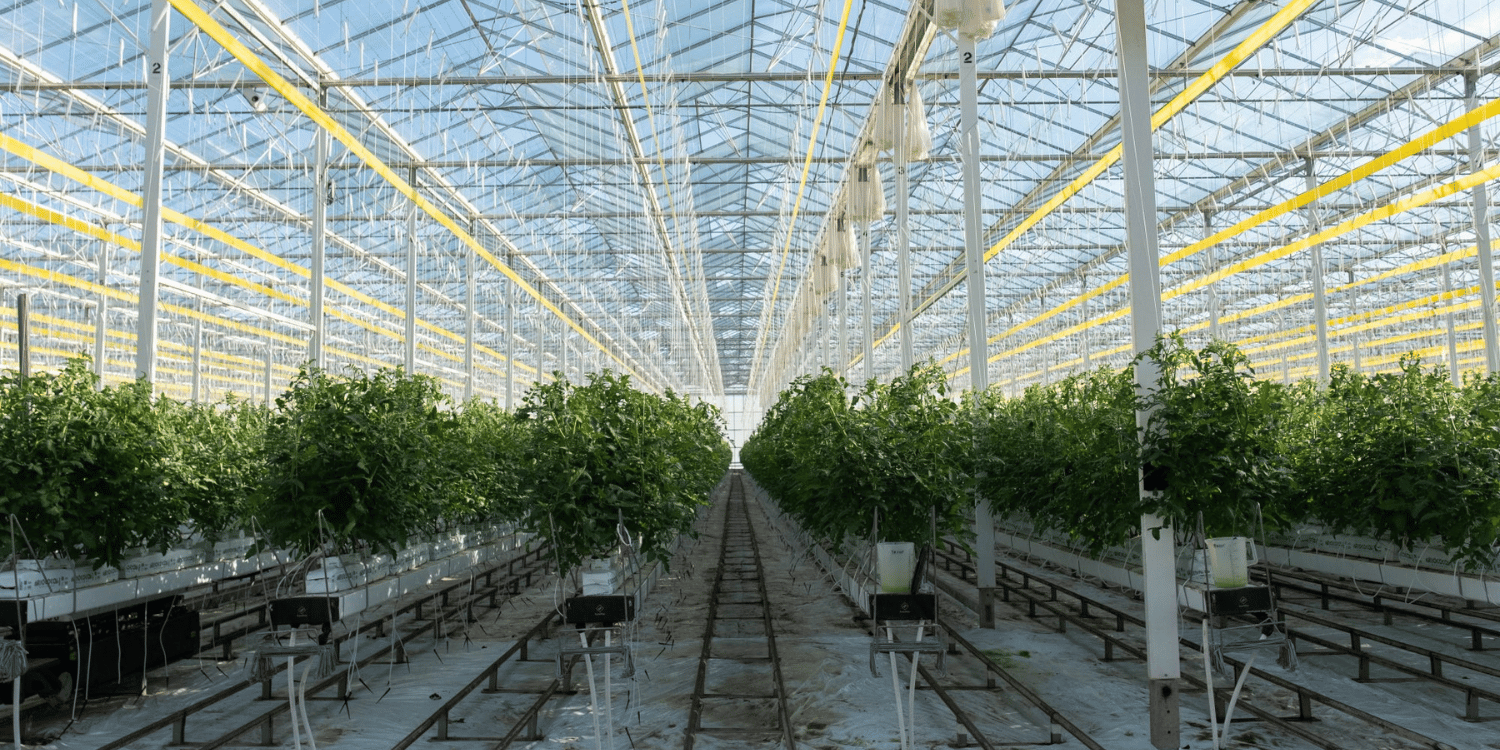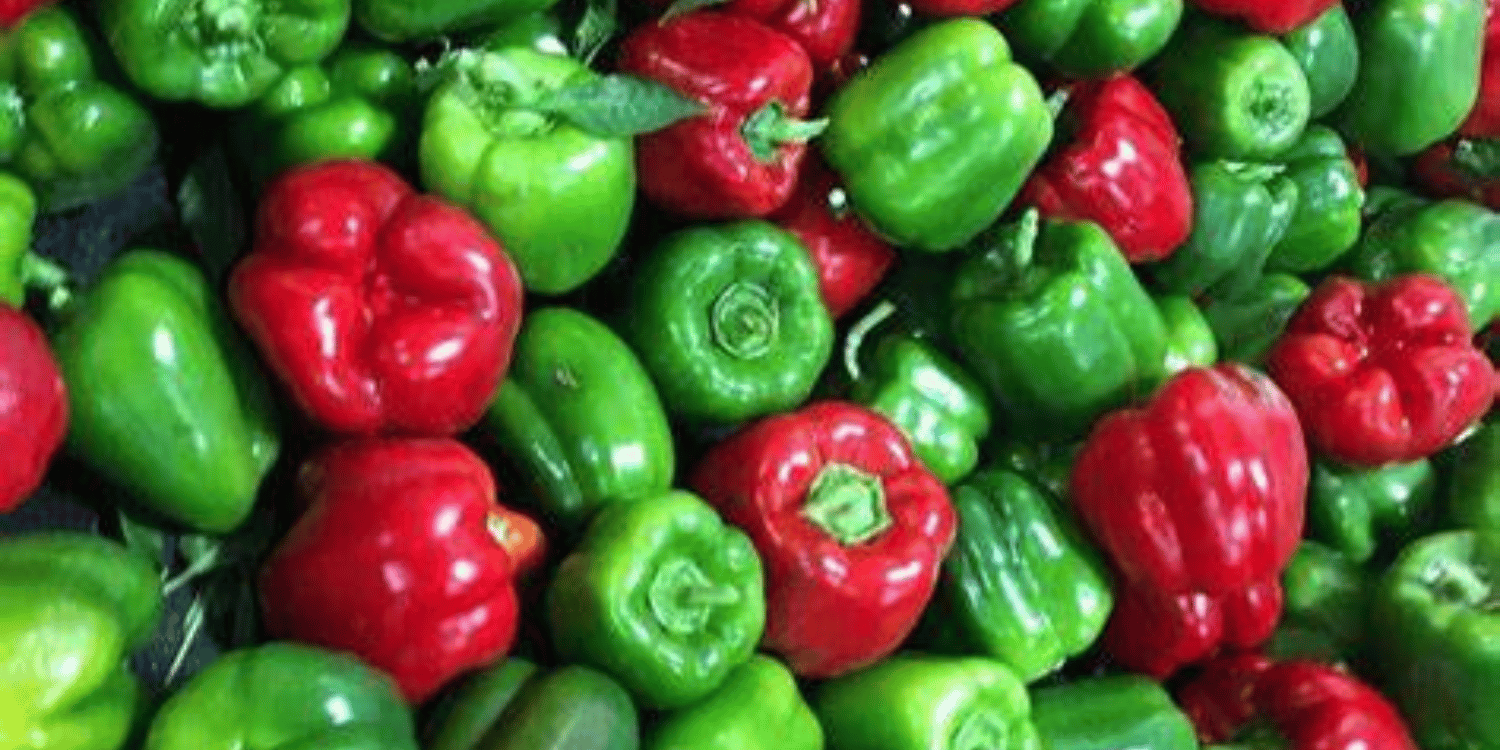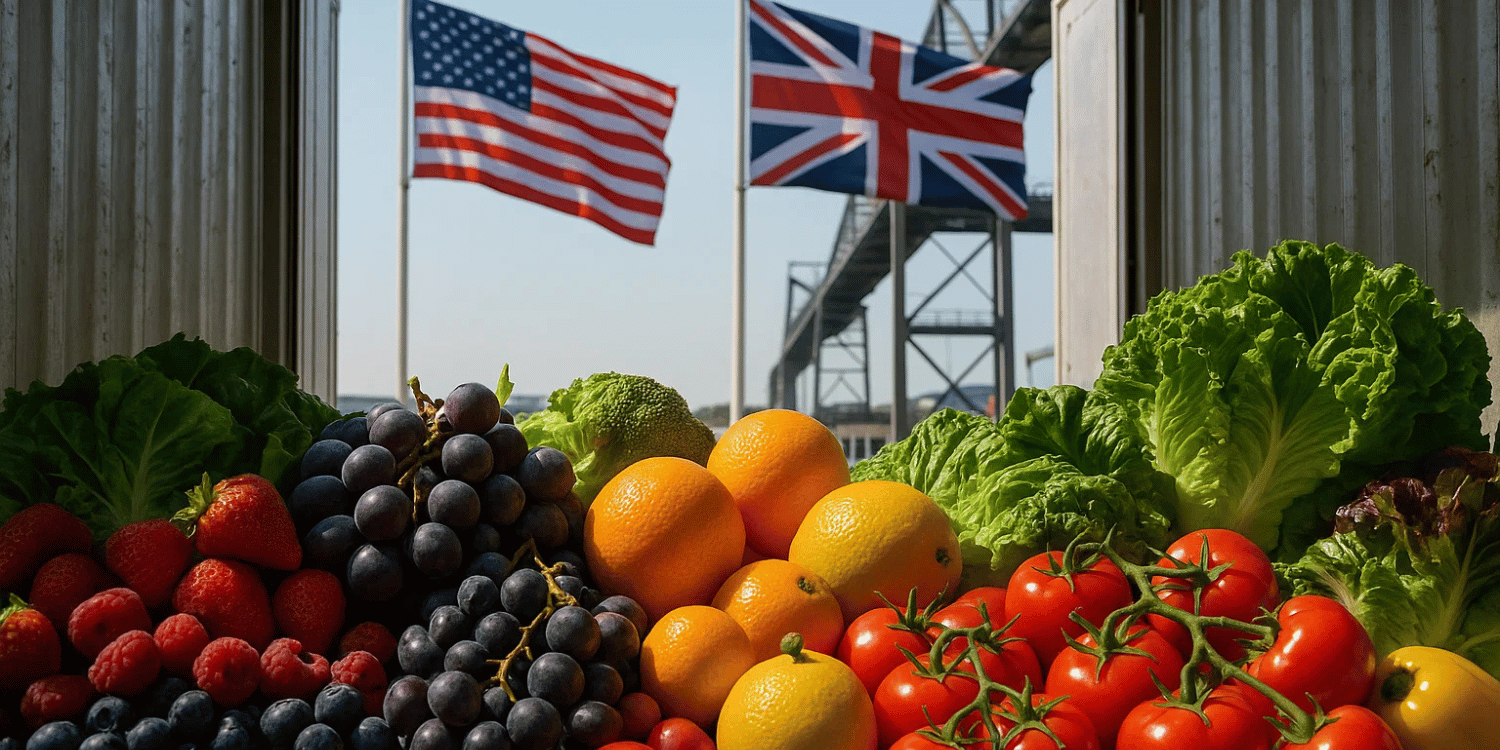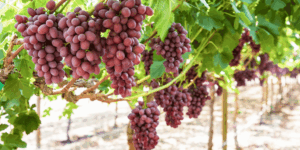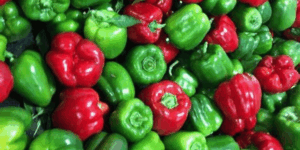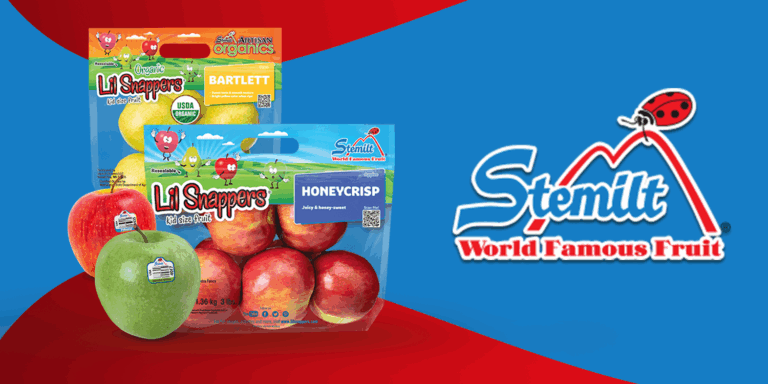In recent years, we’ve seen a fascinating shift in the produce section of our local supermarkets.
A variety of unfamiliar fruits and vegetables are gradually appearing on the shelves.
Many of these divine rarities, some of which were almost forgotten, are making a remarkable return.
Recognizing and appreciating this revival requires an understanding of their historical significance and newfound popularity.
This article will dig in into the profiles of some of these unusual produce items.
Further, it will shed light on why these fruits and vegetables are reclaiming their place in our diets.
- Ancient Mariner peas are regaining popularity in the produce market.
- Horned Melon Kiwano is seeing a resurgence in demand.
- The unique Black Apple from Russia is attracting interest.
- Pink Pineapple variants are a trending fruit choice.
- Persian Mulberries, White Currants and Glass Gem Corn are making a comeback.
There’s definitely more to this topic that promises to pique your interest. In the following sections, I’ll be discussing the reasons behind the reemergence of these once-forgotten produce items and their impact on our current food culture.
Additionally, you’ll discover the nutritional benefits these odd fruits and veggies bring to your diet. If you’re a foodie looking for some novelty or just curious about these ancient and exotic produces, you won’t want to miss out on this.
But it’s not just about the produce; we will also explore the growers, cultural influences, and global market trends associated with this phenomenon. Exciting details lie ahead!
By the end, I am hopeful you’ll come away with a new understanding of our evolving food landscape that goes beyond our daily grocery lists. Let’s dive in!
Contents [hide]
Unexpected Fruits & Vegetables Making A Comeback
1. Ancient Mariner peas
In Short: Ancient Mariner peas, believed to be around since the time of Coleridge’s epic, are a hardy variety that offer distinct taste and versatility in dishes. Amid rising demand for organic and heritage vegetables, these peas are making a comeback due to their distinctive traits and the cultural heritage they represent.
In the grand tapestry of gardening, one cannot disregard the Ancient Mariner peas.
Rumored to have been around since the days of Samuel Taylor Coleridge’s epic, they represent an intricate blend of history and horticulture.
The Ancient Mariner is much more than a variety of peas; it’s essentially a living relic.
Known for its distinct taste and unique traits, each bite is a taste of the past.
Their skin is thick and fibrous when compared to the commonly found peas, making them a hardy variant perfect for a variety of dishes.
One could also argue that the Ancient Mariner peas have a level of rugged charm that’s simply absent in its modern counterparts.
In today’s age, where the demand for organic and heritage vegetables is on the rise, these peas are making a significant comeback.
The appreciation for such ancient varieties transcends the realm of taste, moving into the realms of heritage and culture.
It is fascinating to see the gradual shift in preference, from genetically modified produce back to heirloom breeds.
The following are some notable traits of Ancient Mariner peas:
- Hardiness: known for withstanding harsh weather conditions.
- Flavor: offers a significantly different taste from regular peas.
- Historical Significance: carries a deep historical background.
- Culinary versatility: can be used in a variety of dishes due to their unique consistency and flavor.
They not only provide an alternative for our everyday ingredients but also serve as a testament to the diversity of nature’s bounty.
Ancient Mariner peas stand out from the crowd, and it’s frankly a shame that such varieties ever fell into obscurity in the first place.
It’s encouraging to see them regaining their rightful place in the gardens of the world.
Cultivating these peas gives one a connection to the past, a sense of continuity with the gardeners who have come before us.
Indeed, growing and consuming Ancient Mariner peas is like keeping a part of history alive, a direct connection to the cultivational practices of our ancestors.
Pro Tip: In the rise of demand for organic and heritage vegetables, Ancient Mariner peas, a living relic known for its distinct taste, hardiness, and historical significance, are making a significant comeback, serving as testament to the diversity of nature’s bounty and a direct connection to the cultivational practices of our ancestors.
Finally, the comeback of Ancient Mariner peas is a promising sign that the trend towards heritage fruits and vegetables is picking up steam.
And it’s not just about preserving history but also about appreciating the variety, the flavor, and the challenge of growing something a little different.
2. Horned Melon Kiwano
In Short: The Horned Melon Kiwano, native to Africa, is experiencing a resurgence globally due to its unique banana-cucumber taste, vibrant aesthetic, and impressive nutritional benefits. Its increasing popularity is further bolstered by its use in diverse culinary dishes, sustainability in arid climates, and alignment with the trend towards exotic fruits.
Getting further into our exploration of unexpected fruits and vegetables making a noteworthy comeback, we find ourselves acquainting with the intriguing Horned Melon Kiwano.
Though it sounds like something straight out of a mythology, the Horned Melon Kiwano boasts an equally impressive aesthetic and nutritional profile.
Native to Africa, and particularly predominant in the Kalahari Desert, this fruit brings a fusion of flavors that, many say, tastes like banana-cucumber.
Heralded for its rich composition of vitamin C and A, as well as being low-calorie, the Kiwano holds a distinguished place in today’s health-conscious world.
Aside from its nutritional benefits, the Kiwano’s distinctive jelly-like texture and taste make it a favorite among culinary enthusiasts.
The resurgence of the Horned Melon Kiwano has been facilitated by the global exchange of produce that has given this unique fruit a chance to shine on foreign soils.
Here are a few reasons why the Horned Melon Kiwano is regaining popularity:
- The trend towards exotic fruits plays to the Kiwano’s advantage.
- It is remarkably tolerant to drought, making it a sustainable option in arid climates or patches of severe drought.
- It’s both a delight for the eyes and the palate, with a colorful presentation and a unique combination of flavors.
Not just that, but the Horned Melon Kiwano is increasingly being used in juices, salads, garnishes, and desserts due to its unique flavor, texture and aesthetic appeal.
It’s fascinating horned skin hides a pleasantly soft, vibrant green flesh that is refreshing and healthful.
While the Horned Melon Kiwano may take some getting accustomed to, it is nothing if not a delightful discovery in the world of fruits and vegetables.
Moreover, the resurgence of the Horned Melon Kiwano serves as a reminder that mother nature’s bounty is vast and endlessly surprising and it is our privilege to rediscover and reintroduce such unique produce.
Innovative chefs and food scientists are continuously discovering new ways to incorporate this exotic fruit into both traditional and modern recipes.
Pro Tip: The Horned Melon Kiwano, native to Africa, is a refreshing, low-calorie fruit rich in Vitamins C and A with a unique banana-cucumber flavor, increasingly being used in juices, salads, garnishes, and desserts due to its distinctive jelly-like texture and taste.
Therefore, keep your eyes peeled for the Horned Melon Kiwano in the produce section and perhaps, take the culinary leap to try it out when next on your food-shopping venture.
Because if its resurgence is any indication, it seems like the Horned Melon Kiwano is here to stay and flourish.
3. Black Apple from Russia
In Short: The Black Diamond Apple, a unique fruit from Russia, is gaining global attention for its intense purple color, which appears almost black under certain conditions, and its unique blend of sweetness and crispness. Often grown in high-altitude regions of Tibet, Nyingchi, and Xinjiang, these apples, despite being pricier due to their singular cultivation and rarity, are becoming a favourite among apple enthusiasts, indicating a wider trend towards appreciating distinctive and exotic produce.
In the context of unique and uncommon fruits, one particular variety from Russia is starting to capture the worldwide attention – the Black Apple.
Although this apple’s name suggests a color deviation from the traditional greens and reds we are used to, it does not completely describe the fascinations that lie beneath this intriguing facade.
The black apple, more commonly known as the Black Diamond apple, is not completely ‘black’ in the literal sense.
On closer inspection, you’ll notice that these apples possess a deep, rich purple hue that is so intense, it appears almost black under certain light conditions.
These intriguingly dark-colored apples are only produced in the regions of Tibet, Nyingchi, and Xinjiang, in altitudes that exceed 3500 meters above sea level.
The unique climatic conditions at these altitudes, with high ultraviolet light exposure and significant temperature fluctuations, contribute to the apple’s strikingly dark pigmentation.
Despite its exoticism and rarity, the Black Diamond apple has started a rising trend in the fruit market, gradually increasing its popularity among apple enthusiasts around the world.
Let’s dig in deeper by outlining some key attributes that make this apple variety so distinct and appealing to many:
- The taste of the Black Diamond apple is said to be sweeter and crisper than traditional apple varieties.
- Their distinctive coloration not only adds an aesthetic appeal but also indicates a higher concentration of anthocyanins – a type of plant compound that is supposed to have antioxidant effects.
- Despite their exotic allure, growing these apples isn’t excessively demanding – they are known to be quite hardy and adaptable.
Despite their higher price, owing to their unique cultivation environment and rarity, these enticing fruits are fast becoming a new favourite among apple connoisseurs, demonstrating the expanding tastes and cultural appreciation of the modern consumer.
Such fascination for unique produce like the Black Diamond Apple indicates a broader trend: a worldwide rediscovery and newfound appreciation for distinctive and exotic types of fruits and vegetables.
It also signifies an increasing recognition of the impact of terroir – the combined influence of soil, climate, and altitude – on the flavor and quality of produce.
As the appreciation for the Black Diamond Apple continues to grow, we can only anticipate what other unexpected fruits or vegetables lie just around the corner, waiting to be rediscovered and enjoyed anew in our fruit bowls and dinner plates.
Don’t forget, in our quest for novel flavors and unique nutritional offerings, every fruit, no matter how odd or unusual, has the potential to pique our interest and engage our taste buds in unexpected and delightful ways.
4. Pink Pineapple variants
In Short: The Pink Pineapple, a variant of the regular pineapple with a vibrant pink interior and sweeter taste, is making a comeback in produce markets. This fruit, made unique by a natural process called lycopene biofortification, has been modified to produce less bromelain and is sure to captivate consumers with its striking appearance and distinct flavor profile.
It may come as a surprise to many that some of the fruits which were once considered to be rare have started re-emerging in the market.
Indeed, the Pink Pineapple is on its way to reclaiming its rightful place in the world of produce.
Touted as one among the exciting comebacks in recent times, consumers have warmly embraced this quirky fruit variant.
You must have noticed the Pink Pineapple creating a stir on social media, thanks to its photogenic, vibrant pink interior.
The lovely variant of the regular pineapple has more to it than just its unique blush color.
It’s worth mentioning that the unusual color is a result of a process known as ‘lycopene biofortification’ which happens naturally, and comes with some distinct benefits.
There are some significant aspects that differentiate the Pink Pineapple from its traditionally yellow counterpart.
Here’s a look at some of the key distinguishing features and interesting facts about the Pink Pineapple:
- The genetics of the fruit are scientifically modified to produce lycopene, the same pigment that gives tomatoes their red color.
- Its taste is significantly sweeter than the original variant because it contains less of the enzyme bromelain which gives pineapples their typical tanginess.
- While pink pineapples aren’t yet widely available, they are set to enter the fruit market with a big splash, bring a vibrant twist to many traditional pineapple dishes.
It’s fascinating and encouraging to observe that horticulturists, scientists and farmers are constantly innovating, exploring, and taking bold strides to bring back unique variants of fruits like the Pink Pineapple.
But it’s not just about creativity and aesthetics, they are even pushing the envelope in enhancing the nutritional value and taste profile of these kinds of produce.
Even not so familiar fruits like the Pink Pineapple serve as a powerful reminder that nature, with a nudge from scientific innovation, can deliver some truly wonderful surprises.
Despite currently only farming on a limited scale, the tropical fruit is sure to turn heads when it becomes more widely accessible, thanks to its striking appearance and novel features.
It’s indeed a delightful prospect looking forward to a future where the Pink Pineapple and other such distinct fruit varieties become a commonplace in the global fruit market.
As we continue to explore more about other unexpected fruits and vegetables making a comeback, it’s worth pausing to appreciate the wealth of diversity and innovation in the world of fruits and vegetables.
5. Persian Mulberries
In Short: Persian mulberries, scientifically known as Morus nigra, which were once common in ancient Persia, are experiencing a resurgence due to a greater emphasis on biodiversity and a consumer preference for novel flavors. The culinary versatility, health benefits, and sustainability of these fruits contribute to their renewed popularity, enriching our food diversity.
Persian mulberries, known scientifically as Morus nigra, are a distinct species of fruit that once thrived in the regions of ancient Persia.
Historically, they were renowned for their robust, sweet flavours and dark, almost black exterior.
These succulent fruits were particularly beloved for the unique taste that set them apart from their mulberry counterparts.
However, over time, need for space and agricultural interests gradually caused them to fall into oblivorion.
Originated from the region now known as Iran, Persian mulberries were vastly overshadowed by other commercial fruits.
In recent years, however, a wave of resurgence for traditional, unique fruits has seen these dark berries making a comeback.
More farmers are beginning to cultivate Persian mulberries again, employing traditional methods to ensure the authenticity and quality are upheld.
What accounted for the resurgence of Persian mulberries among consumers and growers alike was a complex combination of factors.
Increased focus on biodiversity among farmers, wanting to preserve unique varieties, played a key role in this revival.
Moreover, consumers’ growing desire for novel flavours and products with compelling backstories also contributed to the rising popularity of Persian mulberries.
Here are some interesting aspects that make the revival of Persian mulberries particularly noteworthy:
- Culinary versatility: Persian mulberries have a versatile range of uses in the culinary world, from jams, pies to flavouring beverages.
- Health benefits: Besides being mouth-wateringly delicious, they are high in antioxidants, vitamin C, and fibre.
- Sustainability: These fruits, being native to a certain region, typically require less water and are more resistant to pests and diseases than non-native cultivars, thereby promoting more sustainable agricultural practices.
This revival trend of traditional fruits is not confined to Persian mulberries but extends to numerous forgotten fruits worldwide.
The resurgence of Persian mulberries serves as an example and encouragement to value biodiversity and preserve unique, historical variants of fruits and vegetables.
Additionally, heritage fruits like Persian mulberries add value and distinction to our culinary experience, offering flavours that cannot be found in regular variants.
Going forward, it will be interesting to see how these fruits continue to engrave themselves back into popular culture.
After all, the diversity of our food is what makes the culinary world so exciting and unique.
6. White Currants Cultivation
In Short: White currants, though lesser known than their red and black variants, are valued for both their delightful flavor and aesthetic appeal. With the current trend towards sustainable consumerism, their cultivation and consumption has seen resurgence, signaling a broader shift towards greater biodiversity and local food systems.
In our exploration of unique, ancient fruits making a reemergence, we arrive at the strikingly beautiful white currants.
Not as well-known as their red and black counterparts, white currants are perceived by many gardeners and fruit connoisseurs as a delightful delicacy, worth the effort to cultivate.
The appeal of white currants doesn’t solely reside in their food value, but the aesthetic appeal provided by their translucent, pearly-white berries that glimmer in the summer sun also holds significance.
Even though they’ve been a part of traditional fruit gardening for centuries, white currants faced a decline in their popularity with the advent of more robust, commercially viable fruits.
However, as we dive deeper into the new age of conscious consumerism and updated production techniques, we notice a resurgence in their cultivation and consumption.
Some intriguing facets of the white currant’s rich history, exquisite taste, and the current revival in cultivation are mentioned below:
- White currants boast of a rich history, rooted in Asian and European culinary traditions.
- Their unique taste – a happy blend of tart and sweet, sets them apart from the other currant varieties, and finds them a place in a variety of dishes, from jams and jellies to wines and salads.
- The ongoing revival in currant cultivation can be attributed to the push towards sustainable practices that encourage biodiversity, and the growing consumer need for unique, fresh produce.
The growth habit of this plant is quite flexible and unpretentious, which make them an ideal choice for a variety of gardening spaces.
They are hardy, adaptable to different climates, and typically thrive in temperate regions with adequate winter chilling.
With their myriad uses, aesthetic charm, and ease of cultivation, the appeal of white currant cultivation among modern gardeners is significantly increasing.
This extension of interest in less commercially popular fruits represents a shift towards the appreciation for biodiversity, the willingness to experiment with diverse tastes, and the push for sustainable local food systems.
Whether or not we’ll see a massive surge in the cultivation of white currants remains to be seen, but the current trend suggests a positive trajectory, which is exciting to witness.
As we continue exploring the world of forgotten fruits on the verge of making a comeback, it would be highly interesting to monitor the rise of the white currants in the culinary and gardening world.
7. Glass Gem Corn revival
In Short: Glass Gem Corn, a colorful variant native to the Americas, is experiencing a revival due to its visual appeal, health benefits, contribution to agricultural biodiversity, and status as an heirloom variety. Cultivated by small farms and homesteads, this corn enriches our food diversity, combats disease, beautifies our meals, and serves as a reminder of the value of preserving unique cultivars.
When we think of corn, the typical yellow and white varieties often come to mind, yet Glass Gem Corn presents a delightful departure from the norm.
This unique variant of Zea mays is as colorful as a bag of jellybeans, with beautiful, translucent kernels that shimmer in a profusion of hues.
Native to the Americas, Glass Gem Corn had largely fallen out of cultivation, with its vibrant beauty overshadowed by the more commercially viable yellow and white varieties.
However, fast forward a few decades, and we are now witnessing an unexpected but thoroughly deserved revival of this corn variant.
One might wonder, what factors are behind this resurgence?
Let’s dig in deeper and explore some pivotal reasons:
- Visual Appeal: It’s hard to overlook the sheer aesthetic appeal of Glass Gem Corn. Each ear is a horticultural wonder, sporting a myriad of colors so visually striking that it’s enough to turn even the most mundane dinner into a feast for the eyes.
- Heirloom Revival: Glass Gem Corn is an heirloom variety, which means it’s been passed down through generations. The rising interest in cultivating and preserving heirloom seeds has aided in its resurgence.
- Health Benefits: Compared to standard corn variants, Glass Gem Corn is richer in antioxidants. These compounds are critical to our health, helping to fight off disease and aging.
- Environmental Considerations: As an open-pollinated/non-GMO plant, Glass Gem Corn contributes to agricultural biodiversity, presenting an alternative to the more monocultural practices that threaten our food security.
Immerse yourself in the process of growing, harvesting, and using this charming, colorful corn, and you’re not just growing a corn plot; you’re engaging with history and taking part in a story that has been unfolding for hundreds of years.
Today, Glass Gem Corn is being cultivated by small farms and homesteads across America and is even finding its way to other parts of the globe.
It’s a fulfilling journey, from sowing seeds and tending to plants, to finally harvesting and cooking with the vibrant ears of this corn.
With its enticing aesthetics and inherent nutritional benefits, not to mention its contribution to biodiversity, it’s no surprise that this once nearly forgotten crop is making such a dramatic comeback.
Pro Tip: For a more colorful, nutritious, and environmentally friendly alternative to standard corn, consider growing Glass Gem Corn, a revived heirloom variety known for its visually striking kernels and rich antioxidant content.
Through this resurgence, we’re reminded of the value of preserving and reviving cultivars like the Glass Gem Corn. They possess a unique beauty and complexity that can’t be replicated and shouldn’t be forgotten.
We’ve got a long way to go in our exploration of unexpected fruits and vegetables making a comeback. But the revival of Glass Gem Corn offers a promising indication of what awaits.
The Bottom Line
The resurgence of these unexpected fruits and vegetables offers a renewed appreciation for forgotten flavors and ancient culinary practices.
They are not only rekindling curiosity amongst food archaeologists and chefs but also enabling growers and consumers to embrace diversity and sustainability in agriculture.
Their comeback story is a heartening reminder that traditional agrobiodiversity can coexist and thrive in our modern food system, opening up novel gastronomic experiences.
Moreover, their comeback supports the crucial role of diverse, local, and seasonal produce in ensuring food security, healthier diets, and ecological resilience.

